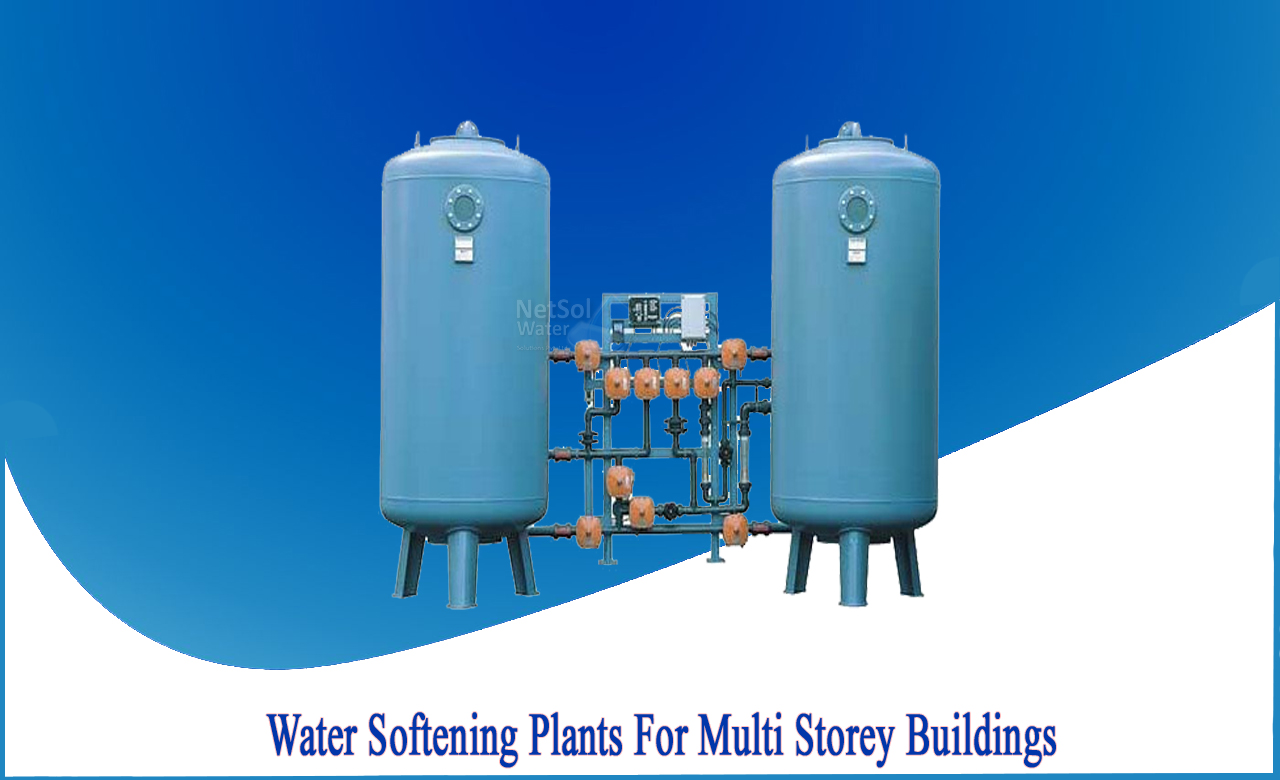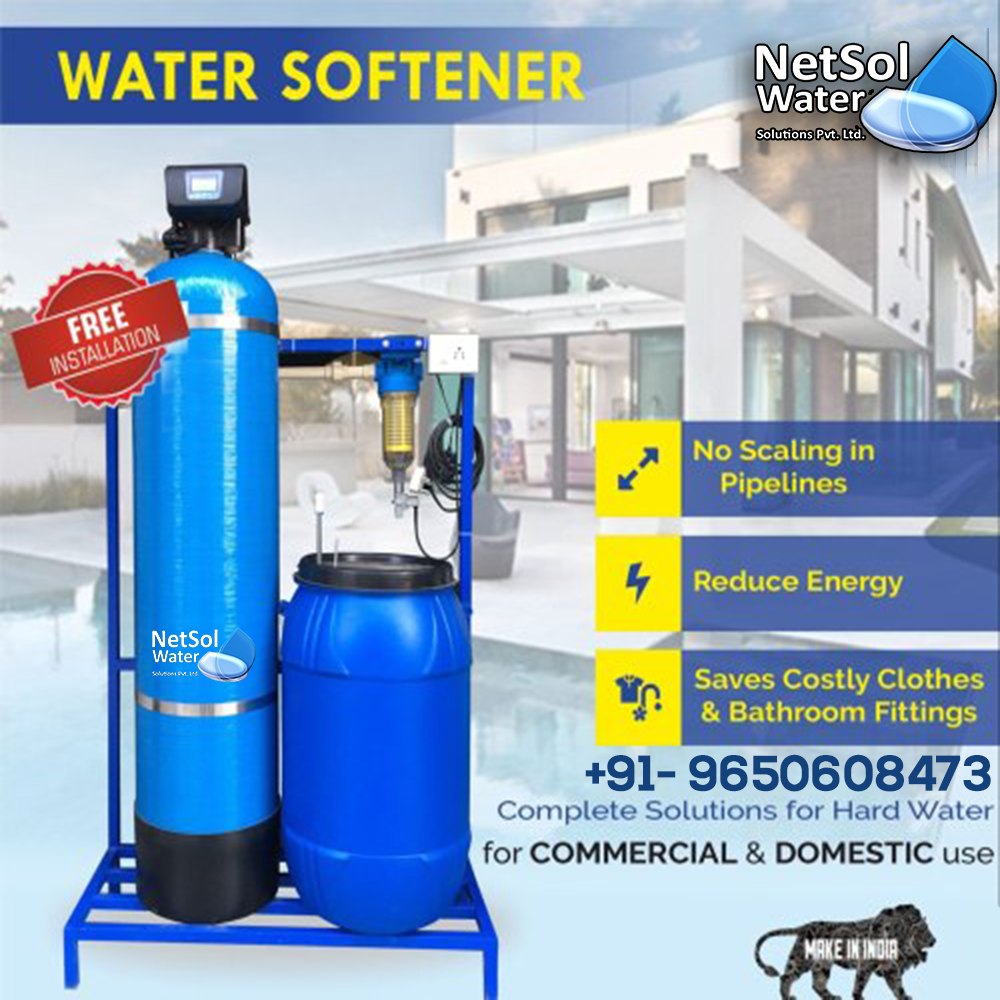Which type of water softener plant install in multi storey building?
A water softener is used to soften hard water by removing the minerals that cause it to be hard. Water softeners are specific ion exchangers that are designed to remove positively charged ions (primarily calcium (Ca2+) and magnesium (Mg2+).
Ion exchange resins are tiny porous spherical plastic beads. The resin bead's polymer construction includes a hard and fast detrimental ion that is totally connected. This cannot be avoided. Every negatively charged change site can keep a positively charged ion. In this case, sodium with a constructive cost is linked to the change website (detrimental and constructive expenses appeal to one another).
In hard water, the calcium and magnesium ions have a higher constructive cost than the sodium ion. As a result, the calcium and magnesium have a stronger attraction to the negatively charged resin beads than sodium does. As a result, when hard water is present, the sodium ion is 'kicked off the resin bead, and the calcium and magnesium ions take its place and become connected to the bead). We could even say that calcium and magnesium ions are exchanged for sodium ions in simple terms. As a result, because the water contains no calcium or magnesium ions, hard water becomes soft water.
During this Service cycle, water enters the resin-filled vessel from the top. The cations, or calcium and magnesium ions (hardness minerals), are immediately attracted to the resin, where sodium ions are exchanged for calcium and magnesium ions. The outlet discharges soft water.
This ion change occurs layer by layer. The sodium ions will be depleted first in the prime layer, then in the lower layers. As all resin beads become lined with calcium and magnesium ions, your entire resin mattress gradually loses sodium ions. It is now necessary to regenerate the water softener resins.
Mode of Regeneration
Eventually, your entire resin beads will become saturated with calcium and magnesium hardness mineral cations. The water softener resin beads must be replenished with sodium ions at this level.
The process of replenishing the resin beads with sodium ions is referred to as regeneration. The resin beads are washed with a strong salt water solution during this course. Brine is the name given to this salt water solution. When the brine comes into contact with the resin beads, the sodium in the brine causes the calcium and magnesium to be released and discharged as waste. After a while, your entire beads are completely coated with sodium ions once more.
Softeners for multi-storey building
Water in multi–story buildings is typically supplied by a single overhead frequent tank. Shafts bring water to the house.
If you want to provide soft water to everyone in the house, three small pieces of a water softener are installed. (One for each shaft). An outlet from the road is taken and connected to the softener, which provides water to a specific washroom. All of the washrooms are supplied with water from the water softener's outlet. In such cases, the water softener unit should be kept on the balcony closest to the shaft. For example, there is a three-bedroom house with three bathrooms and one kitchen where water is supplied by three shafts. One shaft could feed one restroom at a time, while the remaining shaft could feed the remaining washroom and kitchen as a whole.
NETSOL WATER is the best manufacturing unit in the water treatment industries. It provides all types of plants for water treatment and for all kinds of usage. It is also providing softening systems to multi-storey buildings so that customers are able to take benefit from this system with minimal cost involved.




